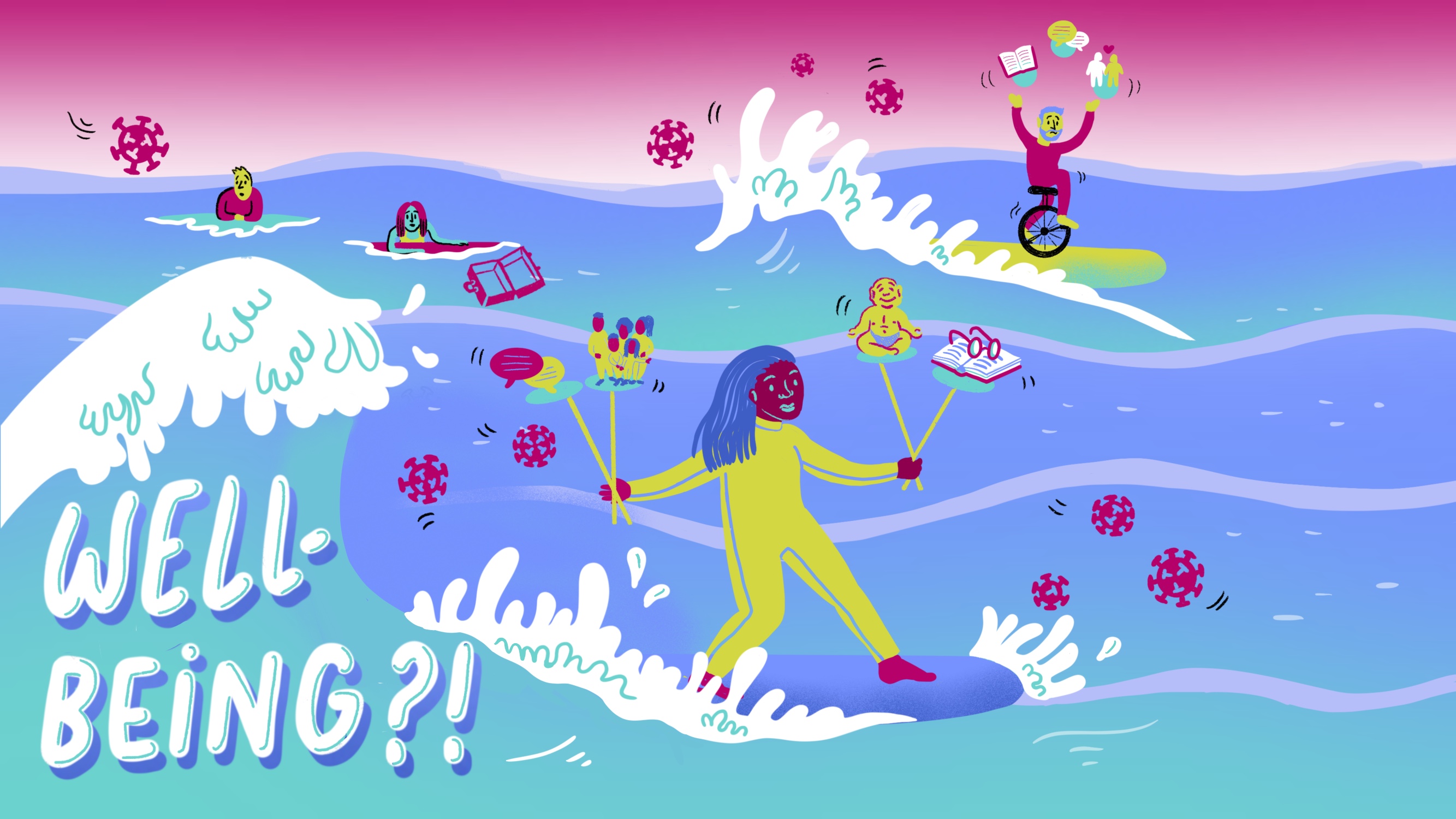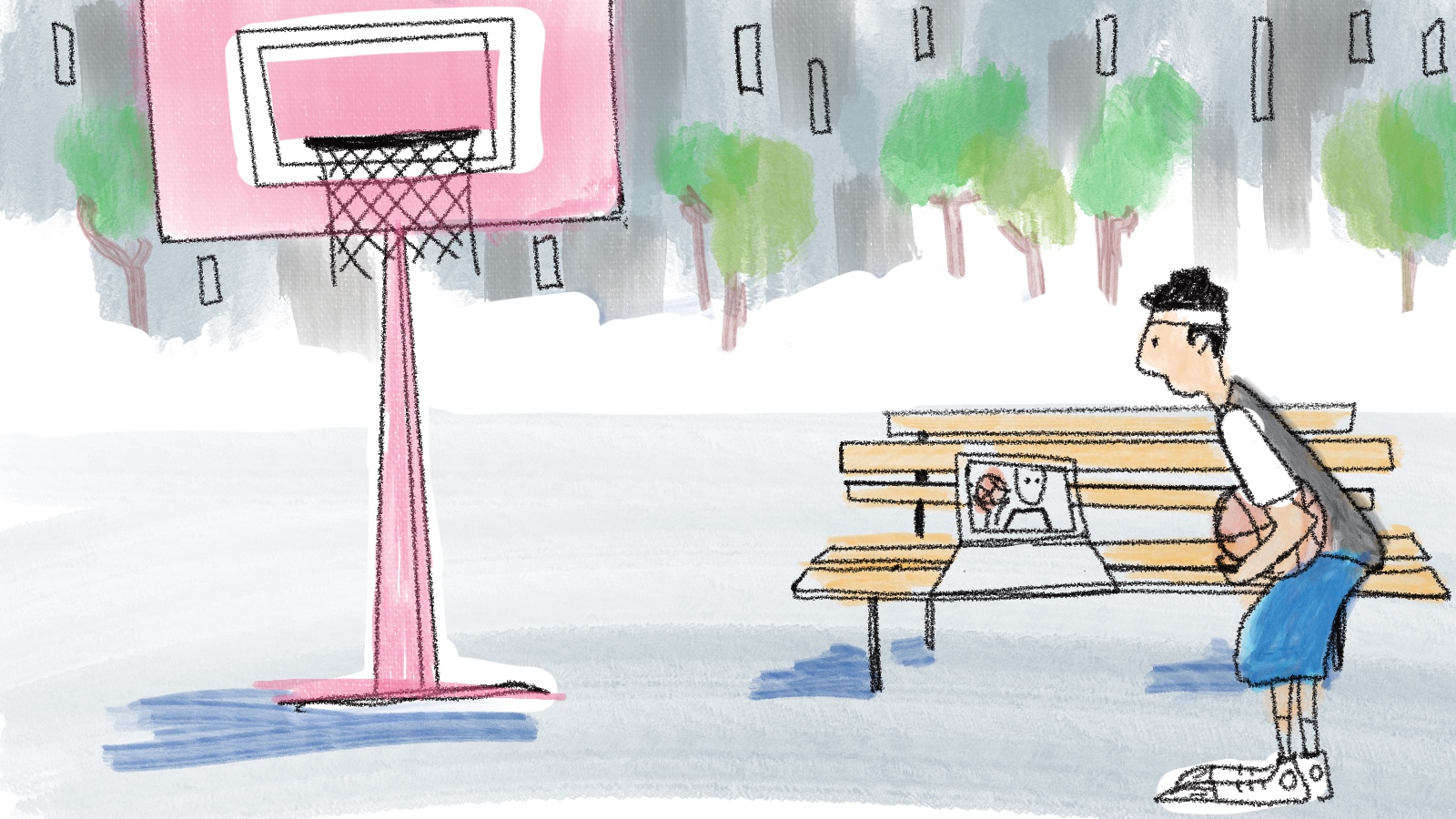How can sport help youth well-being?
by Iva Glibo
06/12/2021
At the beginning of 2020, school gyms, playgrounds, ski slopes, pitches, ice rinks, sport fields and arenas closed their doors. Sport and youth go hand in hand; however, the sport activities were put to a stop, leaving many young people without their social environment, much-needed physical activity and, for some, without their reason to get up in the morning. The irony is that it seems like sport can help mitigate the severe consequences of Covid-19 infection. It can help youth workers and coaches in building more resilient and inclusive societies by serving as an adaptable educational tool with many possible positive outcomes.
 More physical activity – less serious Covid-19 symptoms?
More physical activity – less serious Covid-19 symptoms?
Although the pandemic is yet relatively unexplored territory, the research slowly reveals its effects on youth. Quarantine and isolation, in particular, caused many to adopt unhealthy lifestyles. Young people moved less 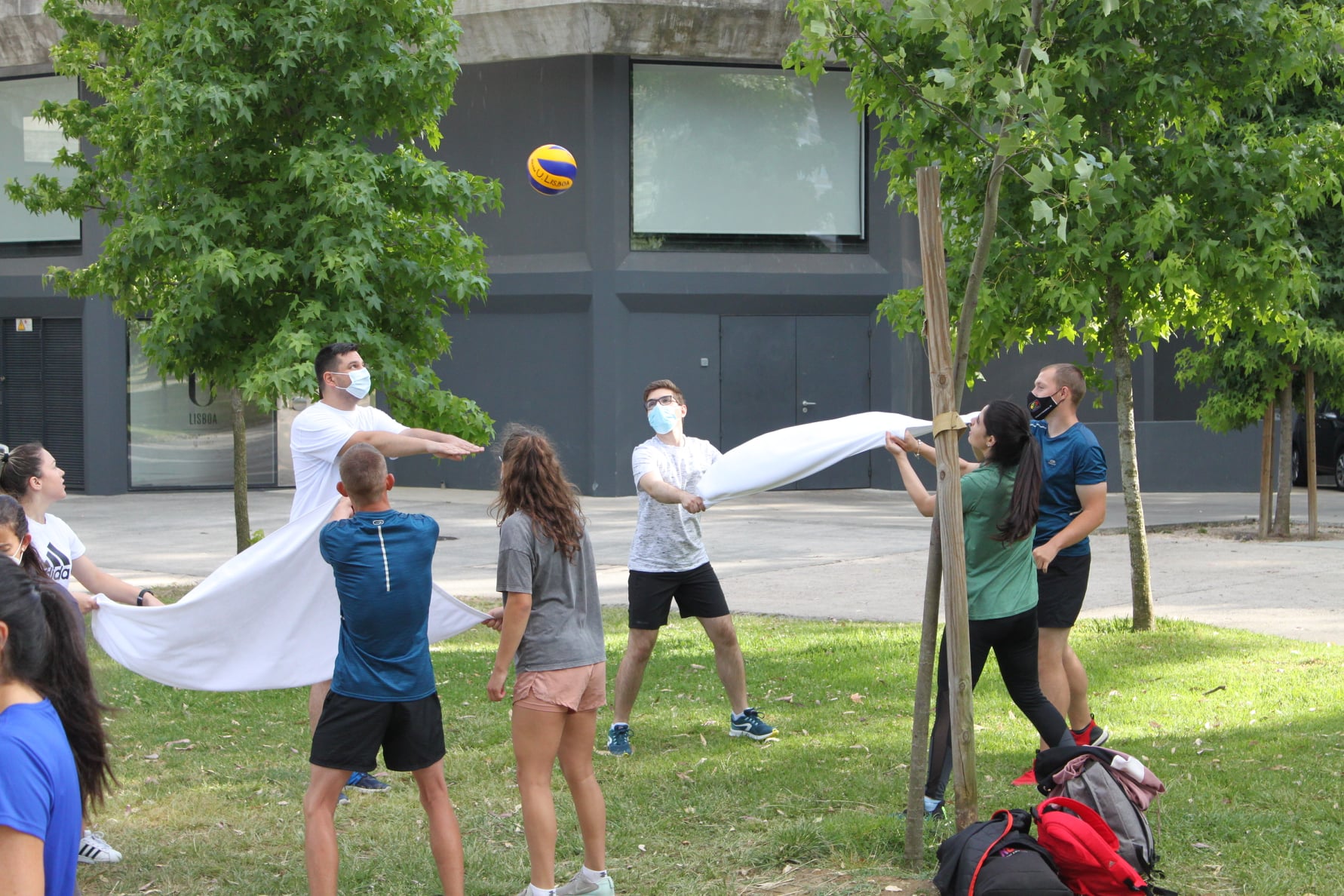
Those who had to isolate, willingly or not embraced couch potato lifestyles. Besides the negative health consequences of such a lifestyle, there is a missed preventive potential when it comes to Covid-19 infection. New research has shown that physically stronger, and more active young people may have a massive advantage if they face the virus later in life – they have protection from their increased fitness and strength (af Geijerstam et al. 2021).
 Sport can make youth happier
Sport can make youth happier
Besides physical benefits, known even to most unsporting laypersons, such as skeletal and cardiorespiratory health improvements, sport participation can result in multiple mental health benefits. Being sporty can do so much for youths’ mental well-being during the pandemic. It can be a protective factor against poor mental health (Engels et al. 2021) because it can reduce depressive symptoms and anxiety and stress levels. In short, sport 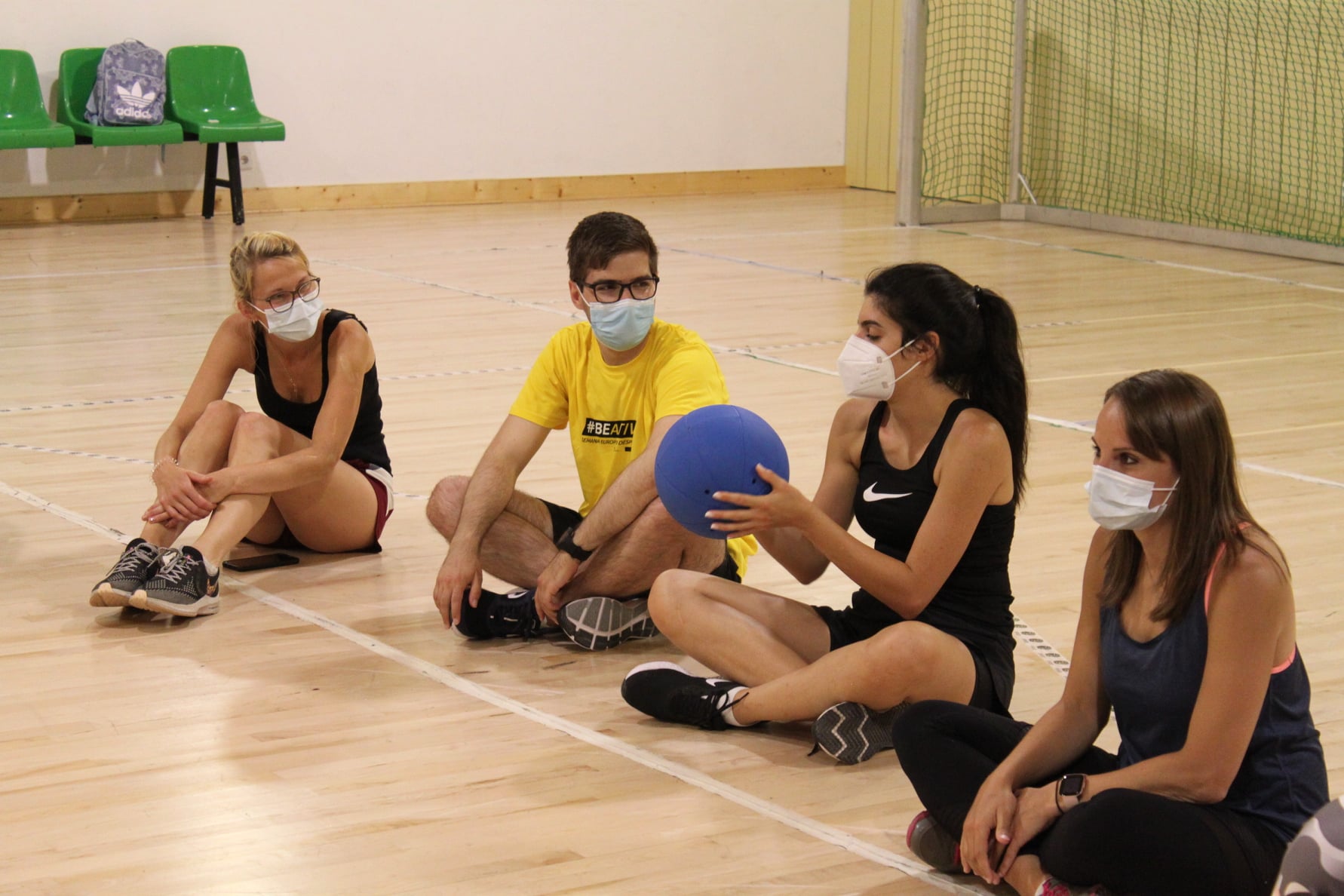
- With participation, youth gain some time off from the source of stress. They immerse themselves in the activity and forget about their troubles and cares for a moment. If they are lucky, they experience a flow state in which they are in harmony with the activity, deeply immersed in what they are doing, with a sense that everything clicks into place (Csikszentmihalyi 2002).
- Participation in sport activities can foster a sense of pride, achievement and competence with what they have accomplished in training or competition. That can, in turn, increase their confidence.
- L

- Youth can control their progress and effort. If they put in an effort as a reward, their activities usually result in improvements for a “reap what you sow” learning moment. Or simply put, practice makes progress!
- The body reacts to physical activity resulting in hormonal changes with mood-improving effects. The chemical substances in the brain controlling the mood and cognition called serotonin increase by being physically active. Runners know this feeling as the “runner’s high”.
- Lastly, maybe most importantly, as sport is usually a social activity, it can foster a sense of belonging to a group and social connectedness. Sport is used in communities to create social bonds, improve social inclusion, spur civic participation and challenge social norms.
 Quality of provision and environment is the key
Quality of provision and environment is the key

 Sport is a highly flexible and adaptable education tool
Sport is a highly flexible and adaptable education tool
Sport has an apparent competitive aspect that is reflected in the aim to develop athletes’ sporting prowess. More than that, sport is used as a setting for non-formal education. Youth workers and sport coaches use sport as an educational tool for acquiring a plethora of soft skills and values outside the traditional educational system. Reasons for that stem from the benefits sport can bring to youth but also, importantly, one of the reasons for its wide use is also purely pragmatic. Sport has proven to be a flexible activity that youth workers and coaches adapt to many contexts and various envisioned goals. For instance, it has been used in post-disaster settings as a means of psychological recovery, in refugee camps as a reconciliation activity, in inclusion projects to connect non-disabled and people with disabilities, and recently to stay connected during the pandemic.
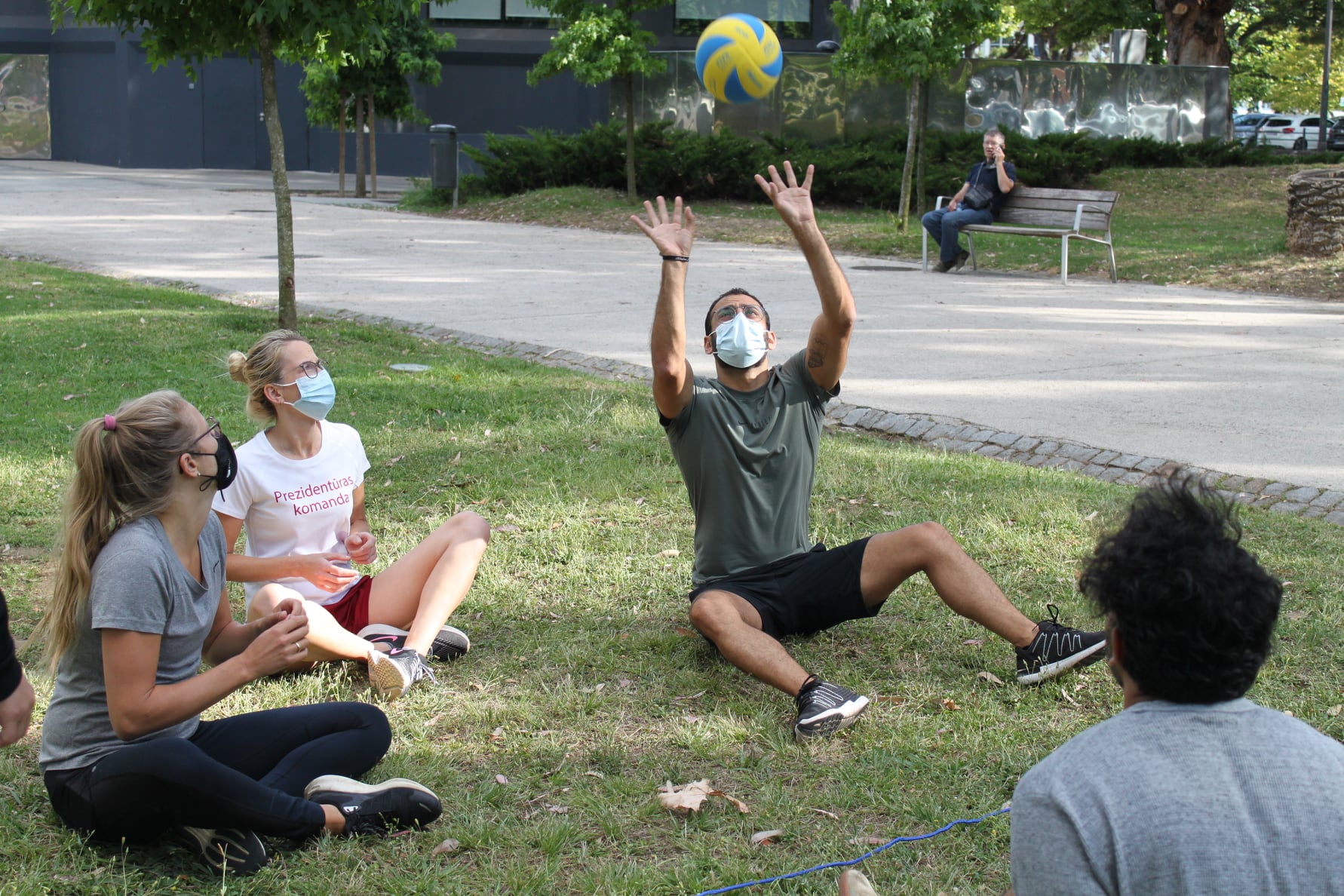
For youth, the pandemic changed everything. Consequently, people working with youth must also respond to provide relief from the situation as best as possible. In addition to that challenge, they also must adapt how they work and embrace flexibility and innovativeness as their modus operandi. This is where sport can provide a valuable resource. Not only can it be of value as a means of recovery in the sense of possible outcomes, but with endless possibilities of delivery, it can be a valuable resource for youth workers to help youth deal with the pandemic. All that is needed is some knowledge, adaptability and innovative thinking to slam dunk youth work by using sport during a pandemic.
 Further resources
Further resources
ENGSO Youth (2020), Sport for active citizenship toolkit, available at: https://b2edbaa4-f3ed-4569-9d16-de917ed9777c.filesusr.com/ugd/6acfa9_68f0d4d26f7c4c8ea5d4e8ea32b17f4a.pdf.
International Sport and Culture Association (2013), Move and learn: training manual for non-formal education through sport and physical activities with young people, available at: www.moveandlearn.org/files/Move&Learn.pdf.
SK4YS consortium (2019), Skills for You(th) through Sport handbook, available at: https://6acfa966-ac30-414b-a089-414885f68b74.usrfiles.com/ugd/6acfa9_90b3e283013f45b69c62284d1300c79d.pdf
UK Coaching (9 April 2020), Coaching people online, available at: https://www.ukcoaching.org/resources/topics/diagram-infographic/coaching-people-online?LoginRedir=true
The Inclusion Club: http://theinclusionclub.com/
 References
References
Bailey R., Hillman C., Arent S. and Petitpas A. (2013), “Physical activity: an underestimated investment in human capital?”, Journal of Physical Activity and Health Vol. 10, No. 3, pp. 289-308, https://doi.org/10.1123/jpah.10.3.289.
Csikszentmihalyi M. (2002), Flow: the psychology of optimal experience (2nd edn), Harper & Row, New York.
Engels E. S., Mutz M., Demetriou Y. and Reimers A. K. (2021), “Levels of physical activity in four domains and affective wellbeing before and during the Covid-19 pandemic”, Archives of Public Health, 79(1), pp.1-9, https://doi.org/10.1186/s13690-021-00651-y.
Geijerstam A. (af) et al. (2021), “Fitness, strength and severity of COVID-19: a prospective register study of 1 559 187 Swedish conscripts”, BMJ Open Vol. 11, No. 7, e051316, pp.1-8, https://doi.org/10.1136/bmjopen-2021-051316.
López-Valenciano A., Suárez-Iglesias D., Sanchez-Lastra M. A. and Ayán C. (2021), “Impact of COVID-19 pandemic on university students’ physical activity levels: an early systematic review”, Frontiers in Psychology Vol. 11, No. 624567, pp. 1-10, https://doi.org/10.3389/fpsyg.2020.624567.
Lubans D. et al. (2016), “Physical activity for cognitive and mental health in youth: a systematic review of mechanisms”, Pediatrics Vol. 138, No. 3, e20161642, https://doi.org/10.1542/peds.2016-1642.
Mattioli A. V. et al. (2020a), “Obesity risk during collective quarantine for the COVID-19 epidemic”, Obesity Medicine Vol. 20, No. 100263, https://doi.org/10.1016/j.obmed.2020.100263.
Mattioli A. V. et al. (2020b), “Quarantine during COVID-19 outbreak: changes in diet and physical activity increase the risk of cardiovascular disease”, Nutrition, Metabolism & Cardiovascular Diseases: NMCD Vol. 30, No. 9, pp. 1409-17, https://doi.org/10.1016/j.numecd.2020.05.020.
Rowland T. W. (1990), Exercise and children’s health, Human Kinetics, Champaign, IL.
Savage, M. J., James, R., Magistro, D., Donaldson, J., Healy, L. C., Nevill, M., and Hennis, P. J. (2020). Mental health and movement behaviour during the COVID-19 pandemic in UK university students: Prospective cohort study. Mental Health and Physical Activity, 19, 100357, https://doi.org/10.1016/j.mhpa.2020.100357
Zhang Z. and Chen W. A. (2019), “Systematic review of the relationship between physical activity and happiness”, Journal of Happiness Studies Vol. 20, pp. 1305-22, https://doi.org/10.1007/s10902-018-9976-0.

